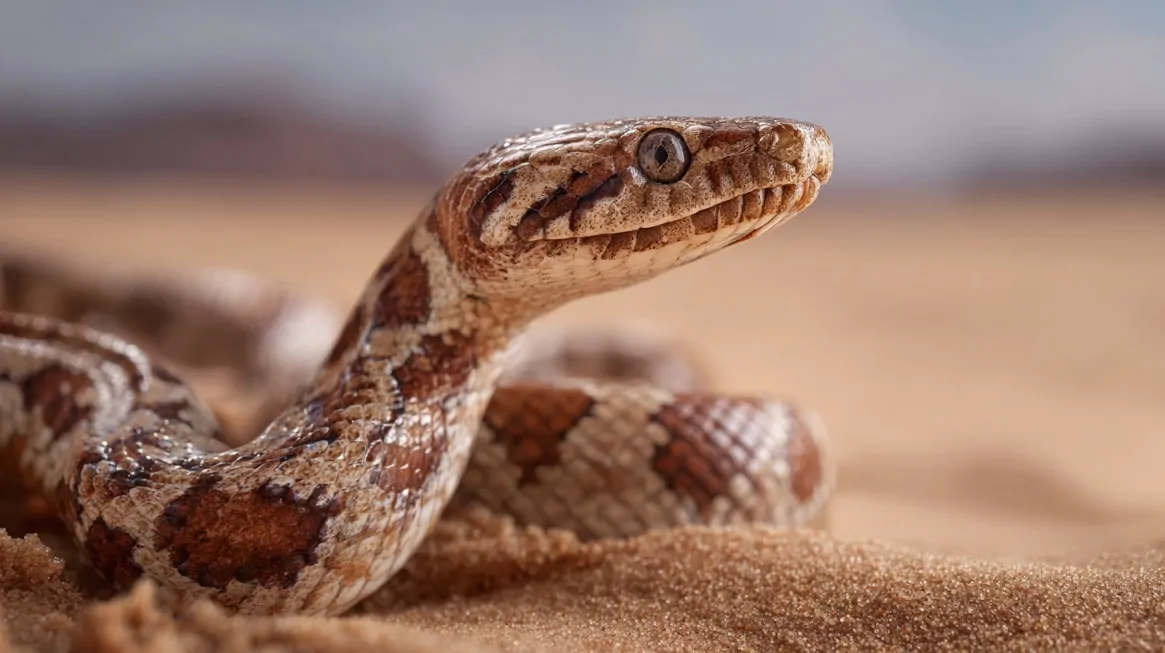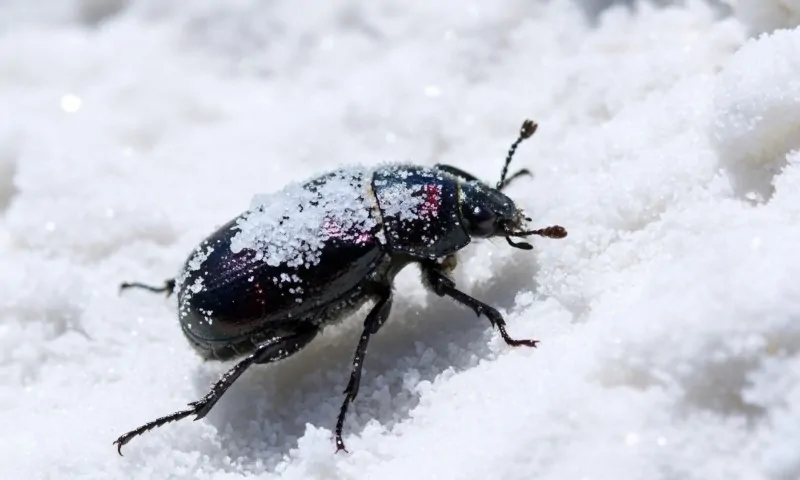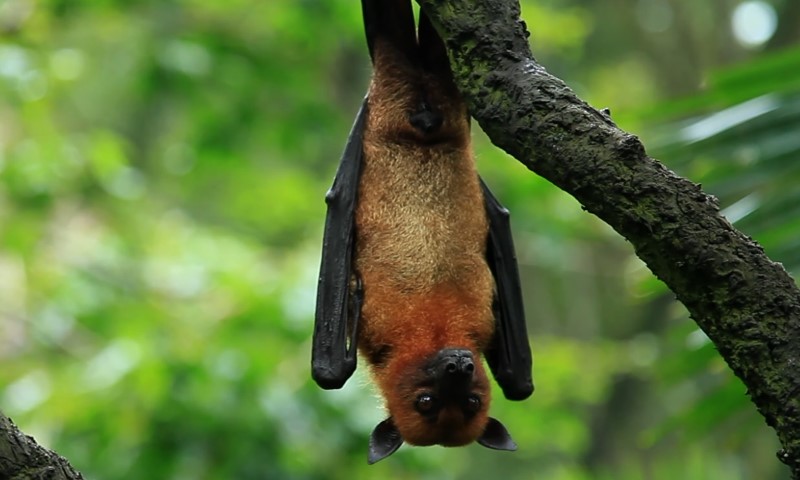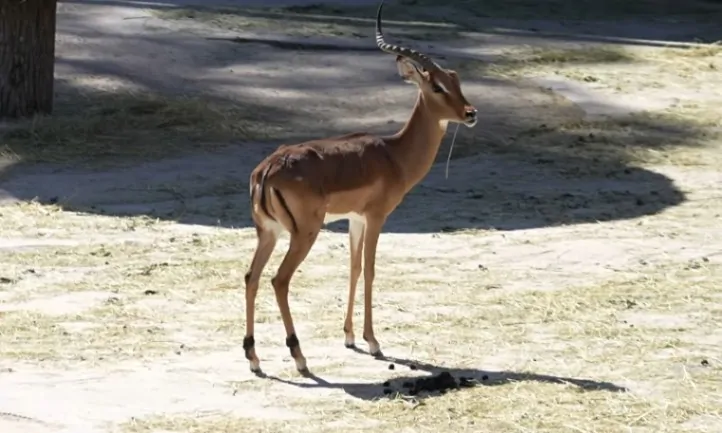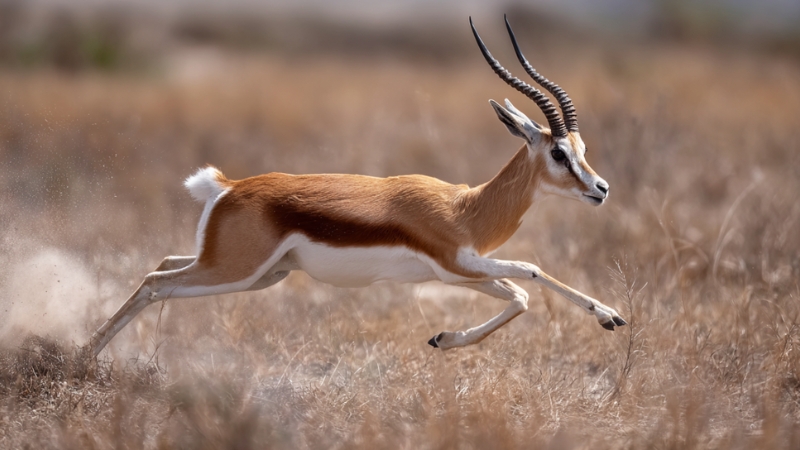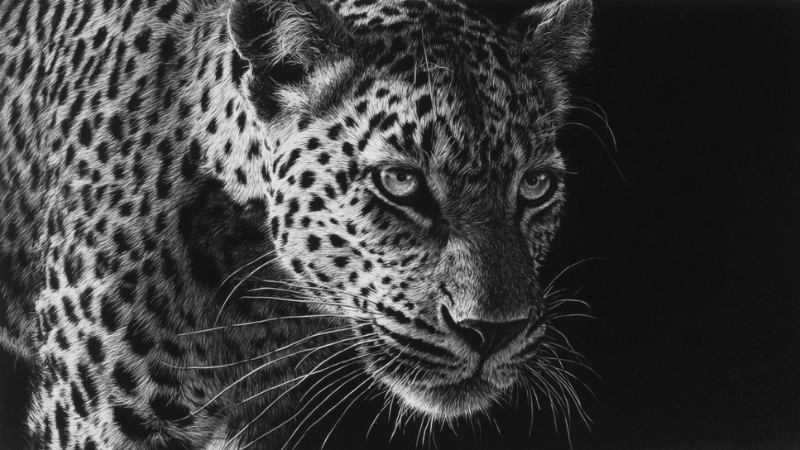The Arabian sand boa looks like a snake drawn by a child’s imagination, complete with round googly eyes perched oddly on its head.
Known affectionately as the “Derpy Snake” or the “Desert Sock Puppet,” it has won the internet’s heart for its comical appearance.
Scientifically called Eryx jayakari, this desert-dwelling constrictor has more to offer than just a funny face.
Behind the cartoonish look hides a fascinating reptile with curious evolutionary twists and specialized hunting strategies that make it a standout survivor of arid habitats.
Basic Facts
The Arabian sand boa belongs to the family Boidae, a group that includes giants such as anacondas. Within this family, it sits in the genus Eryx and is formally classified as Eryx jayakari, a name given in tribute to the naturalist Atmaram Jayakar.
Unlike its massive cousins, this boa remains small, compact, and easier to overlook in its desert home. On average, Arabian sand boa size measures about 15 inches, usually within the range of 38 to 40 centimeters.
- Family: Boidae
- Genus: Eryx
- Species: Eryx jayakari
- Size: 38–40 cm (about 15 inches)
Its natural range includes vast sandy deserts across the Arabian Peninsula. Populations are spread across:
- Oman
- Saudi Arabia
- Kuwait
- Yemen
- Southwestern Iran
Survival in such environments demands resilience, and this species has evolved for life under harsh conditions of searing heat and sudden temperature drops at night.
Arabian sand boa lifespan in the wild has not been carefully measured, but studies and observations suggest they may live more than 10 years.
In captivity, with stable food and controlled conditions, individuals can reach 15 years or slightly longer. Loose, sandy soils remain their preferred environment since such terrain makes burrowing and hunting far easier.
Derpy Appearance
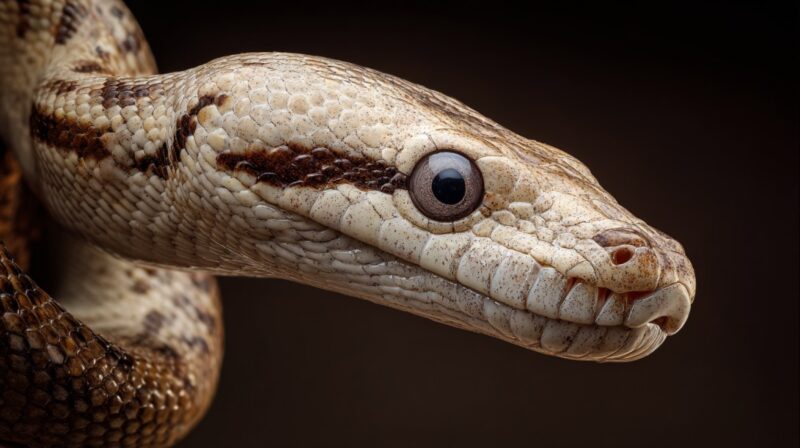
Googly eyes define the Arabian sand boa more than any other feature. Positioned right on the crown of its head, the eyes create a look that people often describe as cartoonish or toy-like.
That odd placement has earned the reptile playful nicknames such as “derpy snake” and “desert sock puppet.”
Unlike most snakes with eyes located on the sides of their heads, this desert constrictor resembles a snake with eyes on top of its head, an adaptation that serves a functional role.
Key Physical Traits
- Eye Position: Set high and forward, resembling a puppet with googly eyes
- Head Shape: Rounded and compact, giving an almost manufactured or toy-like feel
- Coloration: Sandy golden-brown tones that match desert environments
- Body Form: Short, thick body suited for burrowing through loose soil
Camouflage and Survival Advantage
While many focus on the comical expression, its appearance provides survival benefits. Sandy coloration allows it to disappear into the desert floor, making it extremely difficult to detect.
Googly eyes on top of the head let the boa observe its surroundings while keeping the rest of its body hidden beneath sand grains.
Predators searching for food often pass right over it, while unsuspecting prey can wander close without realizing danger lurks beneath their feet.
Hunting Strategy & Behavior
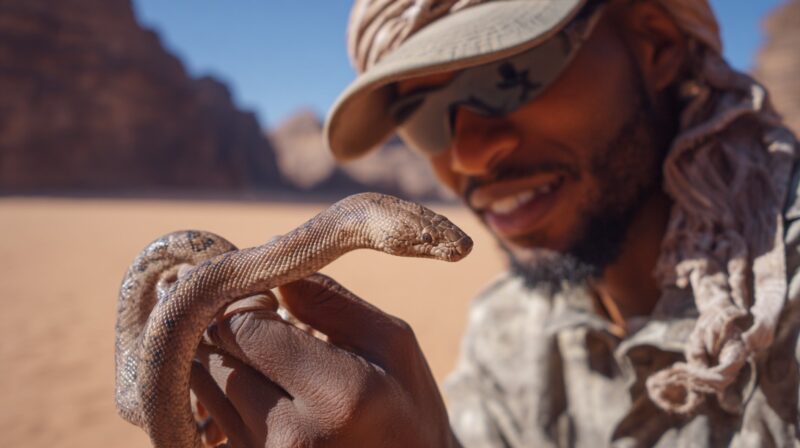
Survival in arid habitats requires clever hunting, and the Arabian sand boa thrives as an ambush predator.
For most of the day, it buries itself beneath the sand with only its eyes showing like tiny watchtowers. At dusk, when desert temperatures drop, it becomes active and positions itself for hunting.
- Ambush Method: Remains buried with only eyes exposed
- Attack Style: Executes a rapid sideways strike
- Primary Prey: Short-fingered geckos, worm lizards, and other small reptiles
- Killing Technique: Constriction, not venom
A sudden sideways lunge allows it to surprise geckos and lizards that wander too close. Arabian sand boa teeth are small, recurved, and designed to grip tightly onto prey during constriction.
Once wrapped around its victim, the snake suffocates it through steady pressure before swallowing it whole. Efficiency and patience define its hunting behavior, making this small reptile a master of desert stealth.
Evolutionary Oddities
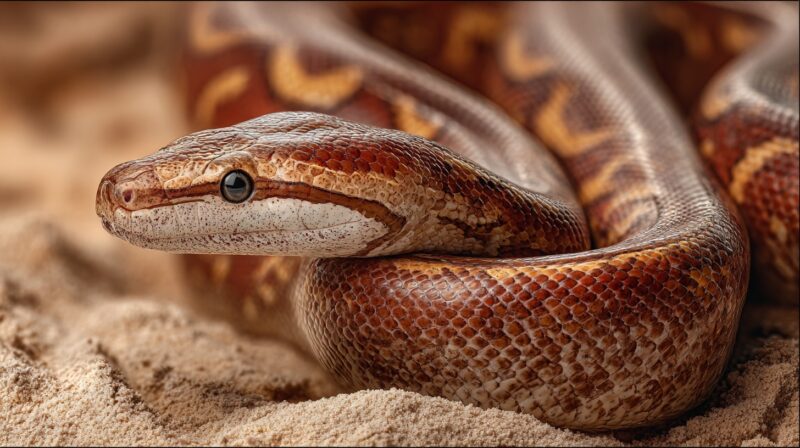
Arabian sand boa surprises scientists with its reproductive habits.
Unlike most boas that give live birth, this species lays eggs, putting it in a rare category within its family. Its eggs feature extremely thin shells, adapted to its desert environment.
Hatchlings lack an egg tooth, a specialized tool other reptiles use to break free of their shells. To compensate, the mother provides assistance, an unusual act of care among snakes.
- Method: Egg-laying (oviparous)
- Shells: Thin and fragile compared to most reptiles
- Maternal Role: Female assists hatchlings during hatching
- Limitation: Absence of an egg tooth in young
Scientists debate the evolutionary implications of this adaptation. Some suggest it may represent oviparity reappearing in a lineage that once favored live birth.
If accurate, the Arabian sand boa may challenge Dollo’s Law, which argues that once a trait is lost, it does not re-evolve.
Summary
Judging by its goofy eyes and puppet-like look, many assume the Arabian sand boa is just a harmless oddity.
In truth, it is a specialized desert predator, perfectly adapted to its environment. A creature can look comical yet remain an effective hunter, and this boa proves that point.
Nicknamed the derpy snake, it is both quirky and efficient, surviving in harsh deserts while providing biologists with evolutionary puzzles to ponder.
Arabian sand boa reminds us that in nature, effectiveness comes in all forms, even in the shape of a sock puppet with googly eyes.

